The 10.2 km Haryana section of the Dwarka Expressway runs from the Delhi-Haryana border to Basai ROB, and the 8.7 km segment from Basai ROB to Kherki Daula.At a cost of ₹4,100 crore, the 19-kilometer Haryana section of India’s first 8-lane Dwarka Expressway was opened by Prime Minister Narendra Modi on Monday.
Its goal is to relieve traffic congestion and enhance traffic flow on the National Highway (NH)-48 between Delhi and Gurugram.This portion includes an 8.7 km length from Basai ROB to Kherki Daula and a 10.2 km stretch from the Delhi-Haryana Border to Basai Rail-over-Bridge. The route will link the Gurugram Bypass and Delhi’s Indira Gandhi International (IGI) Airport immediately.
“Today is a significant day for India’s connectivity. Today, at approximately noon, the foundation stones of 112 National Highways spanning various states will be set or they will be dedicated to the nation. The Dwarka Expressway’s Haryana segment will open for traffic. PM Modi shared images of the Dwarka expressway on X, writing, “These projects will boost economic growth and are also in line with our efforts to build next-generation infrastructure.”
The Dwarka Expressway
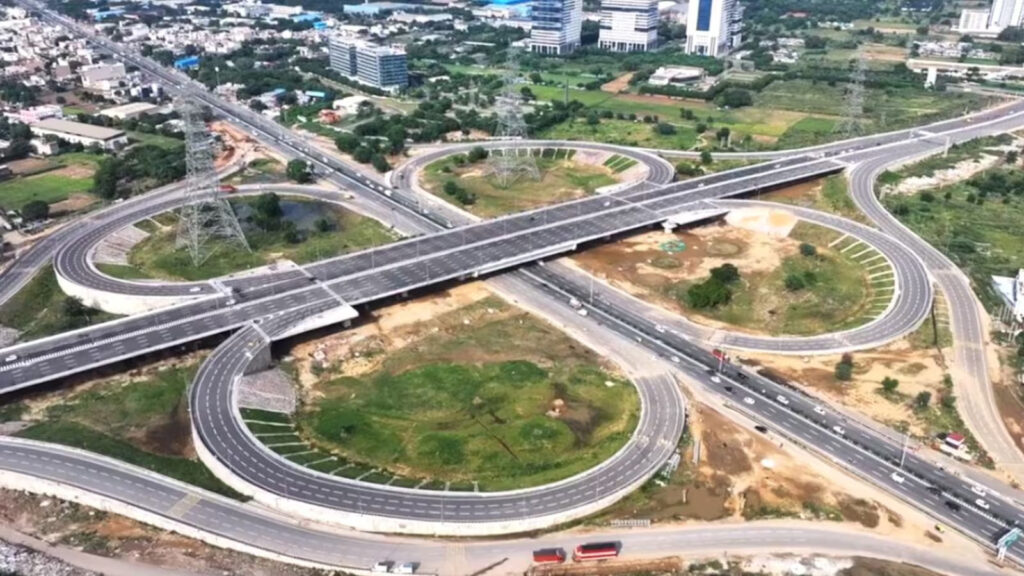
- The Dwarka Expressway is split into four sections and cost ₹9,000 crore to build. The first two segments, totaling 10 km, are located in Delhi, and the third and fourth sections, which are roughly 19 km long, are in Gurugram.
ALSO READ:- The Google Doodle honors “flat white coffee.” Examine its manufacturing process and origins.
Starting from Shiv Murti near Mahipalpur on the Delhi-Gurgaon expressway, the recently built route passes through Dwarka Sector 21, the boundary with Gurugram, Basai, and ends on the national highway close to Kherki Daula. It will be a first-of-its-kind nationwide project that is fully access-controlled.
Four multi-level interchanges—a ground-level road segment, an elevated flyover, a flyover above the initial flyover, and tunnels or underpasses—will be included in the design.
Near the IGI airport, the cutting-edge roadway will have an 8-lane elevated structure next to India’s first 8-lane tunnel, spanning 4 kilometers. The term “shallow tunnel” refers to the fact that it does not delve very far or use tunnel boring machines. Building a tunnel became necessary since it was not possible to build an elevated structure near the airport.
The Dwarka Expressway will begin at an interchange consisting of two underpasses beneath the current NH 48 combined with an elevated walkway.Government statistics indicates that around 3 lakh vehicles pass along NH 48 every day. The development of the highway is intended to reduce vehicle pollution, minimize productivity losses from traffic bottlenecks, and ease congestion in the Delhi NCR area.
The Dwarka Expressway was supposed to be finished by 2021, but work on it started in 2018. However, the Covid-19 epidemic caused project deadlines to be prolonged. The entire project would be finished by August of this year, according to a statement made by the National Highways Authority of India (NHAI).

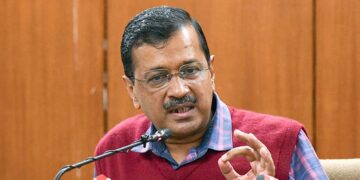

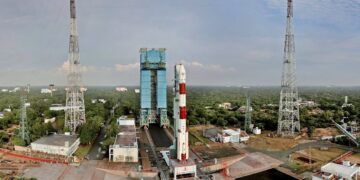


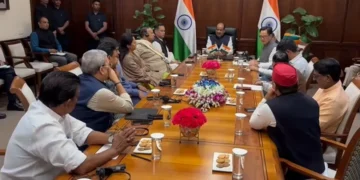



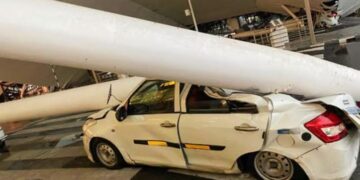




























Comments 1